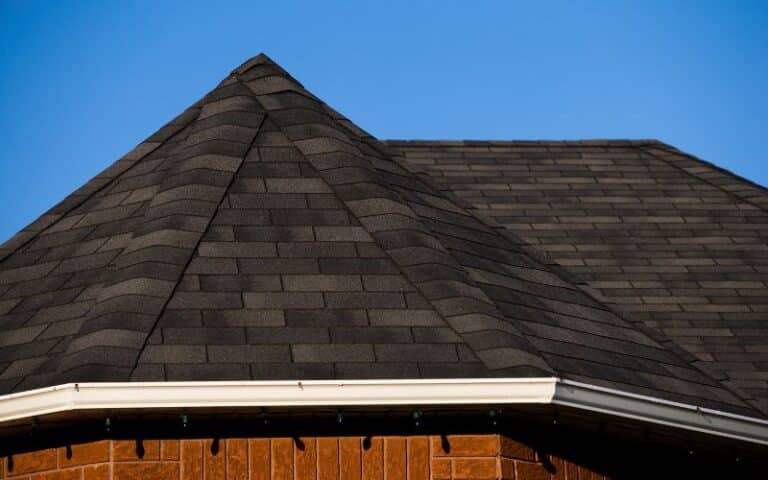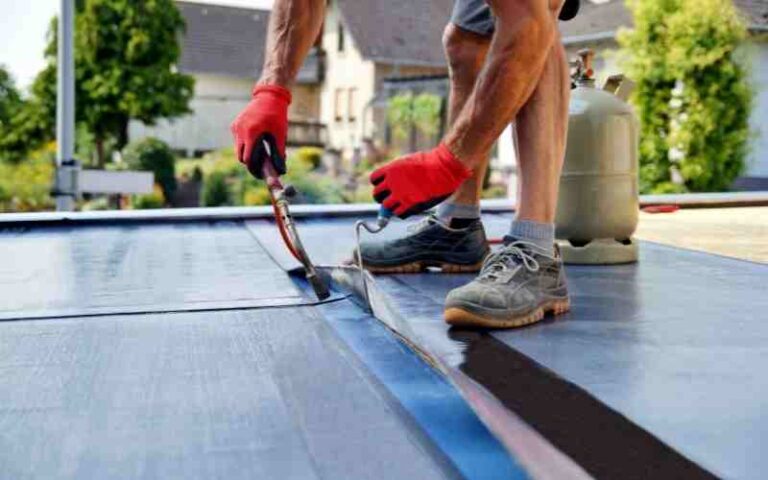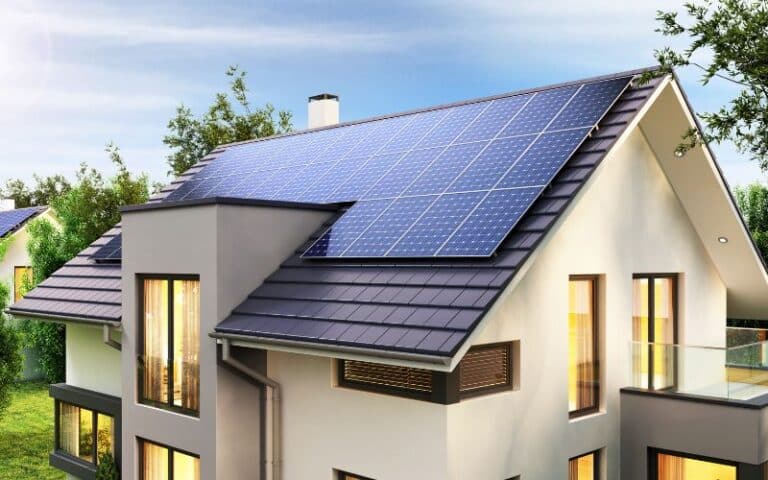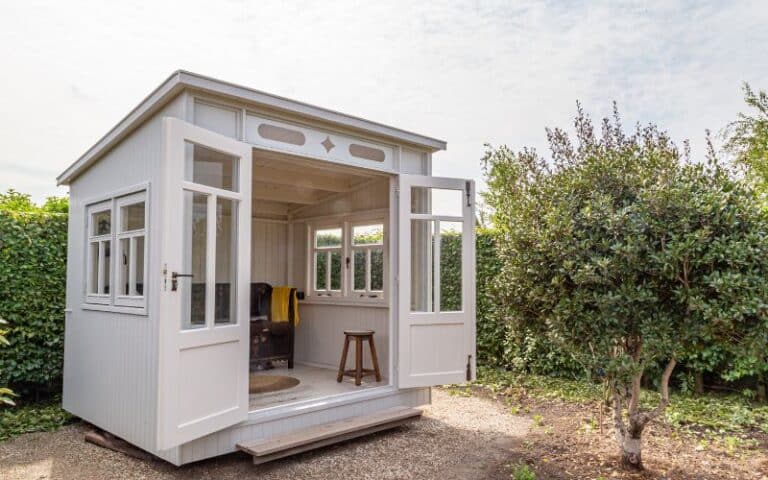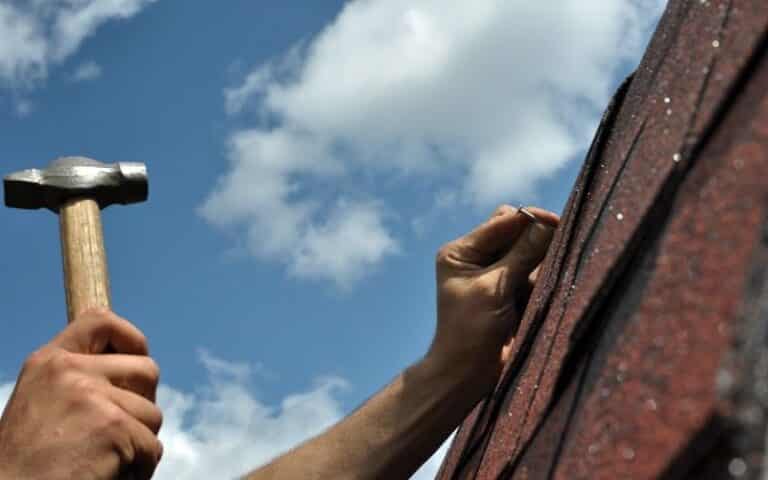Drywall makes great finishings for homes. They are less expensive to install, fire-resistant, and easy to repair.
However, installing drywall in every room within the house, especially the basement or any space where you keep the water heater, may have consequences.
Since they are mostly thin-layered and non-water resistant, knowing if it is okay to install drywall around a water heater is very important and can save you repair costs in the future.
It isn’t wise to install drywall around a water heater. Hidden leaks and constant moisture can seep into the drywall, making certain areas wet. It, in turn, will lead to deteriorating drywall dotted with molds and patches of fungi and algae growing on it. You can, however, take measures to manage the situation and even prevent such from happening.
In this article, I will state the dangers of installing drywall around water heaters and explain how to protect drywall if installed around a water heater.
By the end, you will also know how to install drywall around a water heater safely.
Ready for a Roofing Quiz?
Ready for a Drywall Quiz?
Can You Enclose a Water Heater with Drywall?
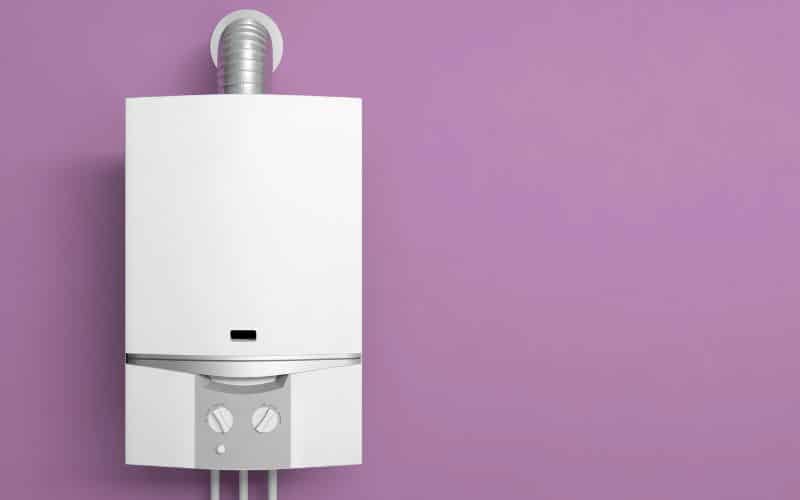
Yes, you can enclose a water heater with drywall. The basement of a house is where water heaters reside. You can construct an enclosure within the basement just for the water heater.
There are some prerequisites you must put into account when constructing the enclosure.
They include the following:
#1. Double Or Single Doors
It is much preferable to use double doors as they offer better ease of movement in cases where you need to move the water heater.
Ensure the doors are good and stable to avoid latch issues. As a safety measure and for ease, ensure the doors can latch shut themselves if left unattended.
#2. Free Air Flow
Erect the wall frames 10-12 inches from the water heater. The enclosure must allow free air circulation to prevent the space’s heat and moisture from building up over time.
Also, drill holes into the dry walls for free air passage.
#3. Bracing Straps
Bracing Straps protect the water heater during sudden Earth tremors or an Earthquake.
Water heaters without bracing straps can shift position, break and cause water leaks or electrical damage during an earthquake.
Attach the bracing straps to the top and bottom third of the water heater. Inspect the harness to ensure it is properly secure.
Although you can use drywalls to enclose around a water heater, there are some disadvantages and risks that result from the nature of drywalls.
Below is a table that highlights the advantages and disadvantages of drywalls:
| Advantages | Disadvantages |
|---|---|
| Cheaper than many wall options available | They are non-water resistant, therefore, prone to water damage. |
| They are readily available and easy to source. | They are not as durable as concrete or plastic options. |
| Easy to install and uninstall. | They are hard to recycle and are not quite environmentally friendly. |
How to Install Drywall Around a Water Heater
Below are the steps to enclose drywall around a water heater:
#1. Plan The Space For The Enclosure
For drywalls, the water heater has to be a good distance away from the wall enclosure. At least this distance should fall within 8-10 inches.
You may want to maximize space by reducing the size of the enclosure.
However, remember that you must have a buffer zone between the heater and the drywall.
The buffer zone serves as a perimeter from which the maintenance specialist can safely carry out repairs and maintenance.
For ease of movement, you could install double doors into the enclosure to allow you to carry the water heater in and out whenever you need to replace it with a new one.
Single doors can also work, but double doors offer fewer restrictions.
It is also important to factor in the sufficient free flow of air if you have a gas-powered water heater.
#2. Erect the Drywalls (Enclosure)
Cut out wood for the frame and attach them with a screwdriver or an adhesive. Then measure and cut out plasterboards for each piece and attach them to the wall frame.
You can choose to apply insulation to the drywall or not. However, insulation does reduce noise and contains heat within the enclosure.
#3. Finishing
Ensure you attach drywall on both sides of the wall frame. Make use of only drywall screws when attaching the boards.
If you are enclosing a gas water heater, you must cut holes into the drywall for free airflow in and out of the enclosure.
For good ventilation, drill one hole 12 inches from the floor in one section of the wall and then drill another hole 12 inches from the ceiling of the connecting wall.
After this, coat the drywall with primer and allow it to dry for some time. The next phase of this stage is installing the double doors and the vent covers.
How Far Should a Wall Be from a Water Heater?
10-12 Inches is the preferable distance between your water heater and the walls.
However, you should check your local codes for the recommended distance between the water heater and the wall in your area.
The farther the distance between the heater and the wall, the better the airflow within the enclosure will be.
No matter how much space you try to economize, ensure, you do not go below 8 inches in the distance.
Many local codes demand homeowners raise the water heater to a certain level.
You can confirm from your local codes the height range of water heaters in your area should fall.
Does a Water Heater Need Insulation?
Insulation helps to keep the water inside the heater hot for a longer period. Hence, it could effectively reduce utility consumption and bills.
Many modern water heaters have insulating properties, and you may not need to insulate them further.
For older model water heaters, if the R-value falls below 23, you may need to add insulation to the water heater.
Insulation also helps to protect the pipes during winter months. Pipes are prone to freezing during winter months.
Frozen pipes can burst, ceasing the water supply in the house. Here is a link where you can find modern quality water heaters.
Related: How Do I Clean Drywall Dust Between Coats?
FAQs
Can You put Walls Around a Water Heater?
Yes, you can construct a walled enclosure around a water heater. The enclosure can be done in a basement section, sealed off from the rest of the room.
How Much Clearance Do you Need around a Water Heater?
The minimum distance between a water heater and the wall is 8 inches. However, the preferred distance is 12 inches.
Should a Water Heater sit on the Floor?
A gas water heater should be around 18 inches above ground level. You could also check your local code for the required height level.
Conclusion
Installing drywall around a water heater is possible. However, it is not advisable.
No matter how far apart the walls are from the heater, there is still the risk of moisture and heat build-up over time.
To reduce this risk, ensure to drill holes into the drywalls and add insulation to the water heater if it already has insulation.

